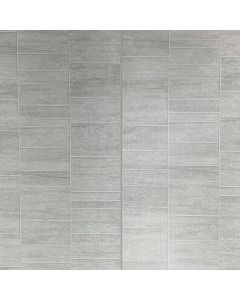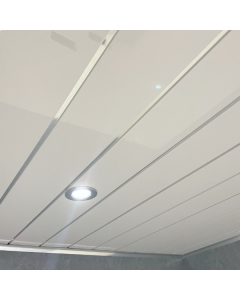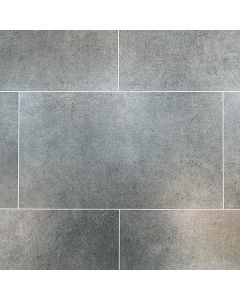Basin Waste Guide
Basin wastes are among the forgotten items within your bathroom, but they are one of the most functional pieces in your space.
Wastes can get a little confusing, as nowadays there are many different options, so we have composed this guide to help you select the basin waste you want – but more importantly, to work out which kind you need.
How to choose a basin waste
Bathroom basins in modern bathrooms vary greatly, from modern minimalist styles to traditional, detailed sinks. But equally, there are an abundance of bathroom taps and basin wastes to complement your sink – and your bathroom splashbacks or bathroom wall panels.
Wastes of the present day are designed not only to be functional but also to augment the appearance of your basin. Gone are the days when the only choice was a simple plug and chain.
What does a basin waste do?
The purpose of a basin waste is to shut off the plug hole to allow the water to fill your basin, and when finished, release the plug to allow the water to drain away safely. This sounds simple, but with multiple different types available you need to select the correct one.
It’s important to remember that whilst there are many different types, every bathroom waste is the same size: 11/4” or 32mm. Anything bigger will be designed for a bath, which will help you to narrow down your options.
Types of basin wastes
Click clack, push button and sprung basin wastes
These are all the same waste types but go by different names. This type works by pushing a stopper down manually which closes off the waste.
Then, when you are finished, you can push on it to release and drain any water away. Due to being simple to use and maintain, this is a particularly popular choice for the modern bathroom.
Flip top basin waste
These function by pushing down on one side of the round disc to open it, and you press the other side to realign and close it – hence the name, flip top. The easy swivel action of the rotating disc makes this basin waste extremely easy to operate.
Captive and anti-tamper basin wastes
This waste is a cross between an old-fashioned plug and chain, and the new click clack wastes. Due to the plug being fixed to a bar that is subsequently attached to the waste fitting, the plug cannot be removed from the basin.
This makes captive wastes ideal for businesses, communal washrooms and public toilets.
Plug and chain
This is the most recognised and traditional waste of all. Plug and chains are simple to use and extremely effective.
It consists of a plug attached to a chain that is used to seal the hole in the basin to fill it with water. When done, you pull the chain to release the plug allowing the water to drain away. Whilst these are still ideally suited to traditional bathrooms, you can find modern plugs and chains in a variety of polished finishes to complement a contemporary bathroom too.
If opting for an old-style plug and chain waste, remember you will need a fixing point or chain stay. This is a small hole that was always pre-drilled into the sinks of bygone eras, used to secure the chain bolt within the sink.
Pop-up basin waste
This is operated by a push-pull rod lever mechanism. When you push the lever or rod it lowers the stopper allowing you to fill the basin with water, and then when you raise the lever the water drains away.
Free-flow basin waste
These are perfect to prevent sinks from overflowing and flooding, as the plug remains permanently open. The water is constantly drained from the basin as it runs.
This type of waste is ideal for basins that do not have an overflow. Free-flow wastes aren’t the best choice if you require the sink to fill with water for any routines, but it is recommended for pubs, clubs and public toilets where taps are often left running accidentally.
What is a slotted basin waste?
Slotted basin wastes are more common, as they are designed for sinks that have an overflow. Overflows are the small holes in sinks that prevent overfilling and flooding, and they are present in most basins.
Unslotted wastes are for use with basins without an overflow. It’s imperative to choose the right basin waste to prevent flooding.

























